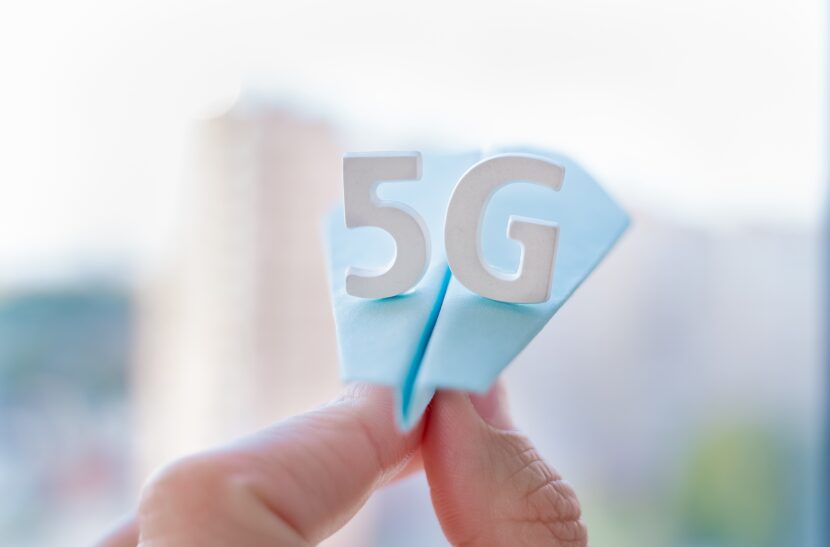5G Steering

We frequently see marketing from MNOs about the availability of 5G services, and also the announcement of 5G roaming agreements between partner networks in different countries. But what does this actually mean? And where are we with 5G roaming?
There are 2 types of 5G – Standalone and Non-Standalone:
5G Standalone (SA) – This is true 5G as specified by 3GPP, with new radio, new equipment in the core network and new technology protocols.
5G Non-Standalone (NSA) – This is a kind of hybrid 5G where some legacy equipment is re-used. There are numerous types of NSA 5G, but it almost always refers to the following: 5G New Radio support is added to the existing LTE network, and this is used for the user plane. The control plane is taken care of by the legacy LTE network.
Many MNOs are in the process of implementing their 5G SA core networks. However, where we see 5G roaming in use today, this is almost certainly 5G NSA. In this article, we will look at the implications both SA and NSA 5G roaming have from the perspective of the Steering of Roaming system.
Steering of Roaming is an essential tool for operators for commercial reasons as well as for ensuring that a roaming subscriber can have the best possible roaming experience. Operators therefore need to ensure that when 5G roaming is taking place that the benefits of the steering platform are not undermined.
Impact of 5G NSA
The good news for MNOs is that there is little impact on Steering of Roaming from 5G NSA roaming. As this is reusing the LTE control plane, any roaming registrations are transported to the home network using the Diameter protocol, which is the same as what is used in 4G. So steering in the cases of 5G NSA roaming is not negatively impacted.
But no negative impact is the baseline expectation – can we use Steering of Roaming to improve roaming service? With 5G NSA, there is some value that can be added.
When a network makes a 5G roaming agreement with a partner MNO, they want their subscribers using 5G for providing the best quality of service. It is possible in 5G NSA to favour networks only if 5G NSA is available. From an analytics perspective, it is also useful to develop a view of which networks are capable of offering 5G NSA, and how widespread it is within that network. The Steering of Roaming system can provide these benefits to ensure the benefits of 5G NSA roaming can be maximised.
Impact of 5G SA
5G Standalone is completely different. This is based on a new protocol: HTTP/2. The key difference with 5G SA is that steering of roaming is now defined as part of the 5G core with its own dedicated 3GPP specification. This is good news as it makes integration very clear and more straightforward than it has been for the legacy technologies. In the 5G core network, the UDM (the 5G equivalent of HLR/HSS) notifies the SoR application about a new roaming attach. The SoR system can provide a list of preferred PLMNs to the UDM, which delivers back to the handset over signalling.
This approach has some benefits:
- The ultimate effect is SIM-based steering, similar to what exists for OTA Steering today
- Delivery of the PLMN list is in the signalling. This means that we can expect extremely effective SIM-based steering.
- In traditional SIM-based steering, the preferred PLMN list is delivered over an independent channel (eg. SMS). There can be failures in delivering this SMS for numerous reasons, rendering the steering ineffective. With this new coupling of the PLMN list with the signalling registration, we can expect 100% success of delivery to the SIM card.
- Single point of integration with the UDM – there is no need to figure out where to shoehorn the SoR system into the network like in SS7 and Diameter.
Essentially completely new components with new technologies and protocols must be added to the Steering of Roaming system to enable 5G SA Steering of Roaming. However, it is essential that this 5G signalling is processed consistently with the existing SS7 and Diameter traffic to ensure consistency of steering for a subscriber. If the components for SS7, Diameter and 5G are not all closely integrated, QoS issues are introduced as a subscriber may be steered to different networks on different technologies.
